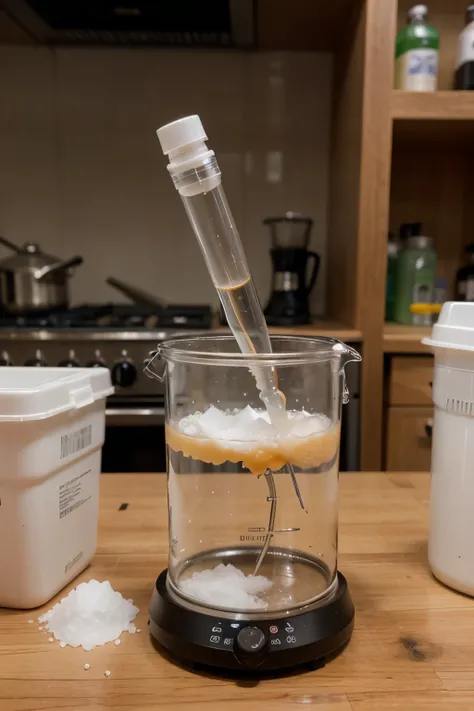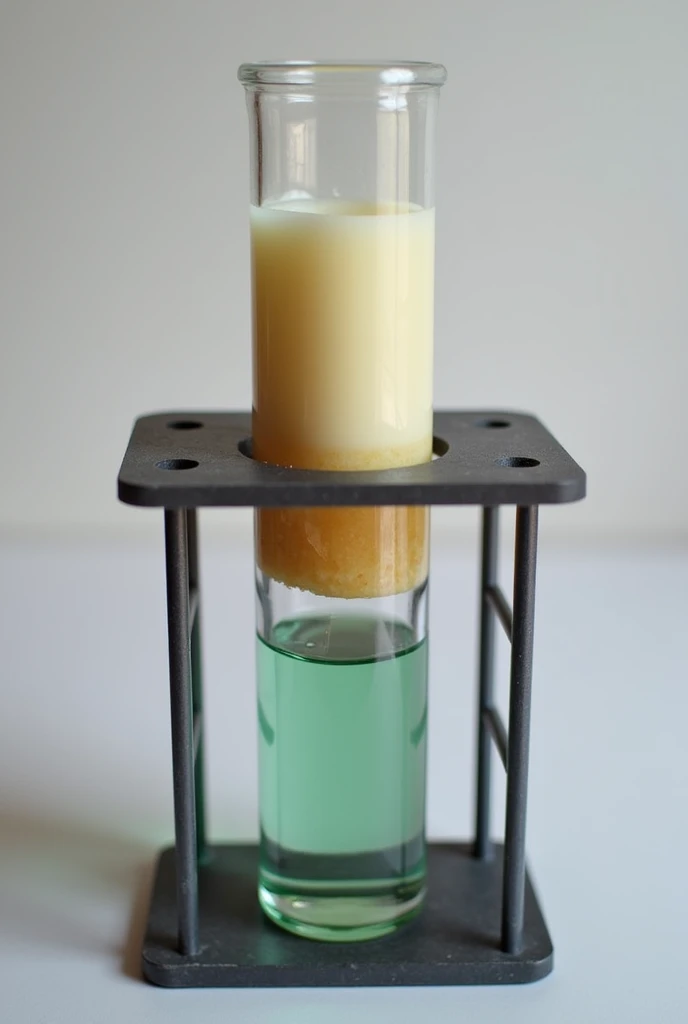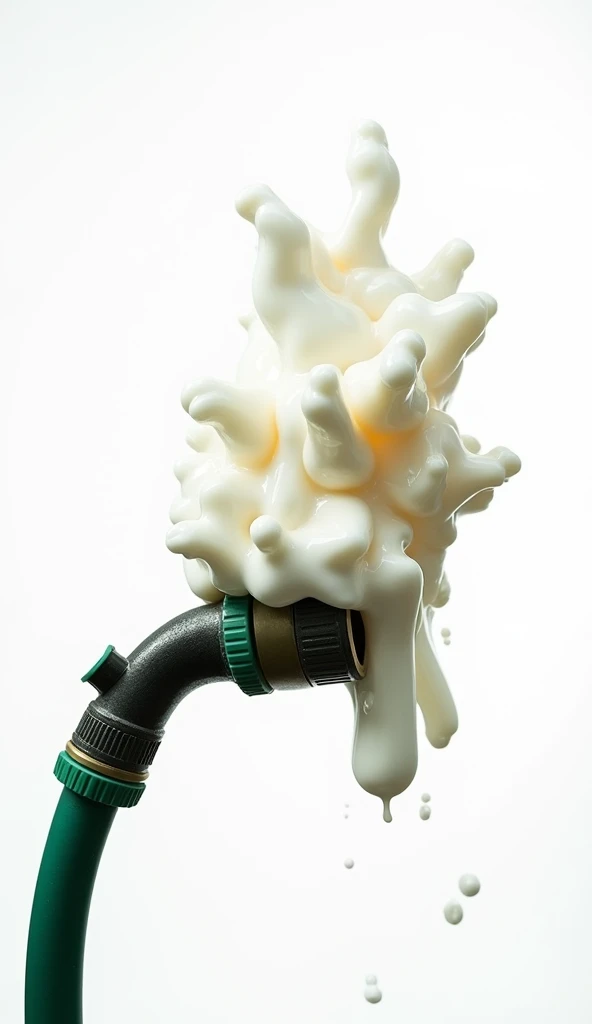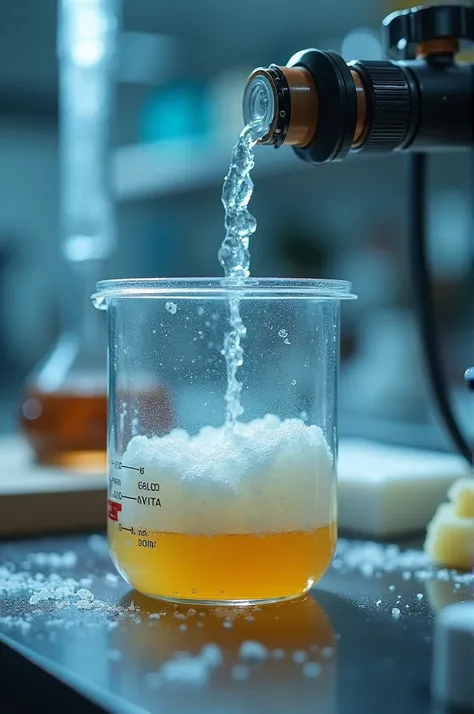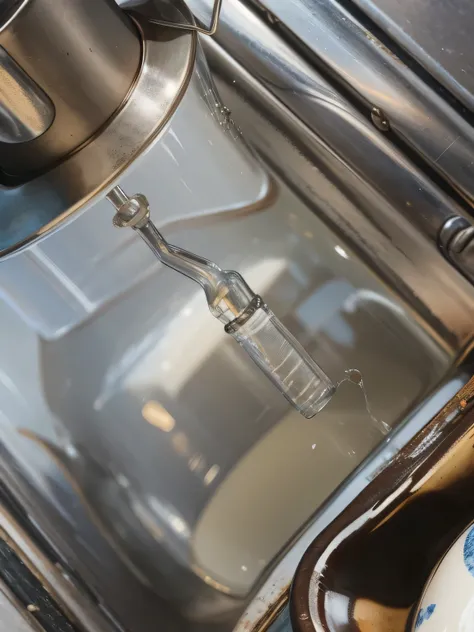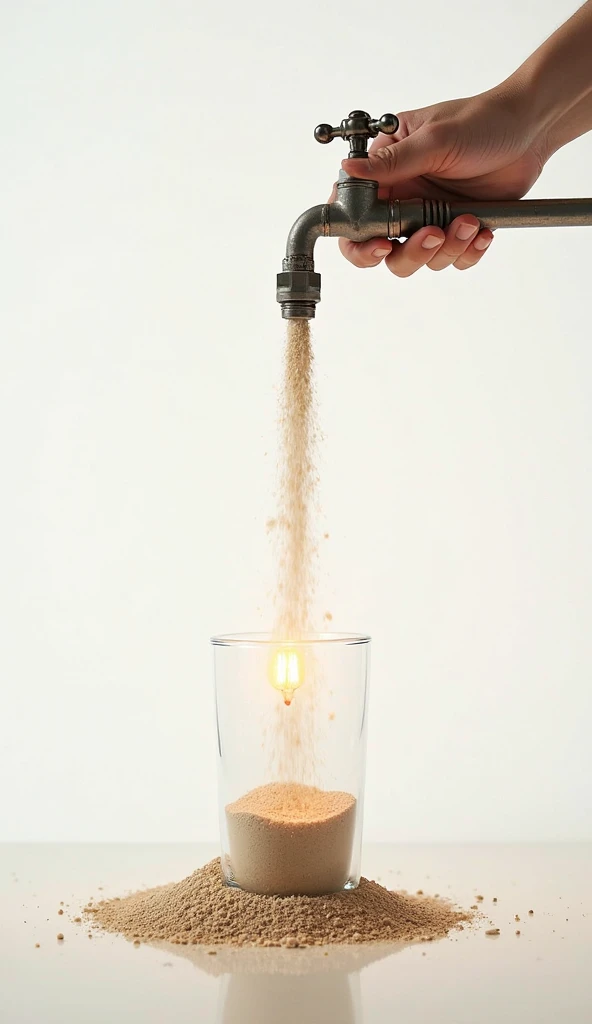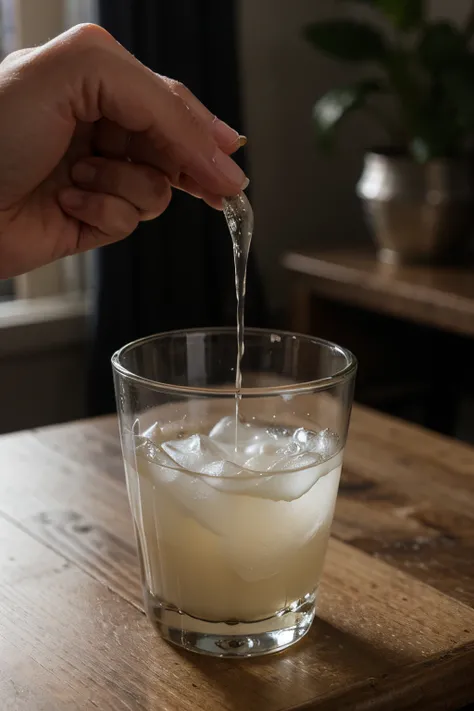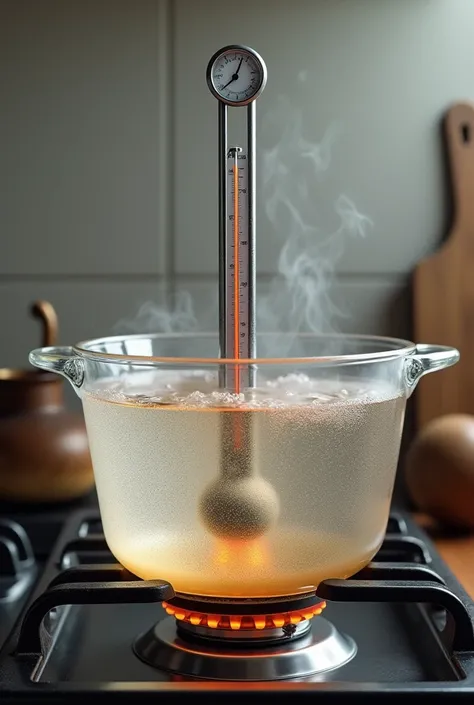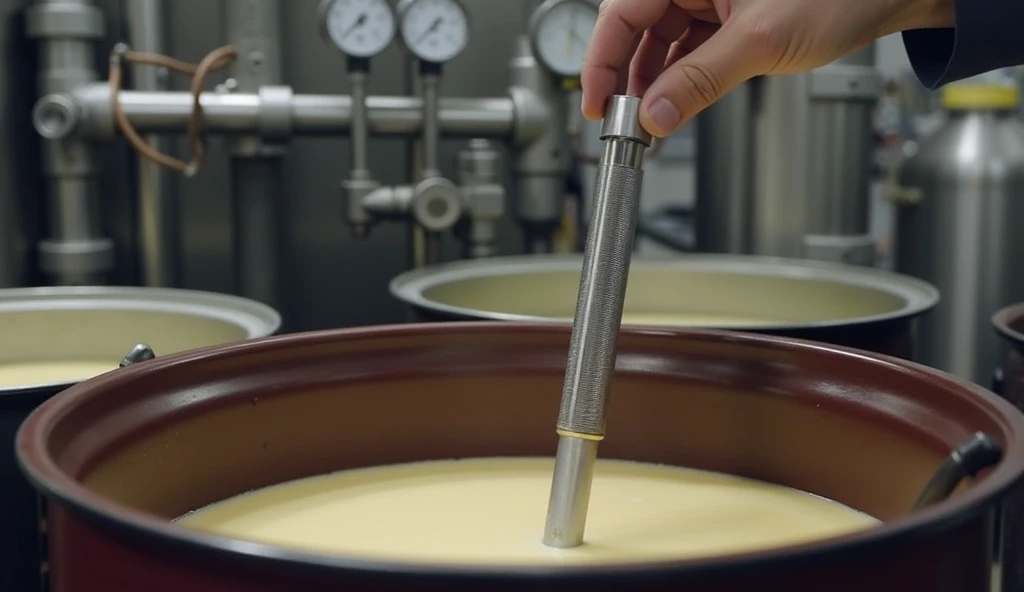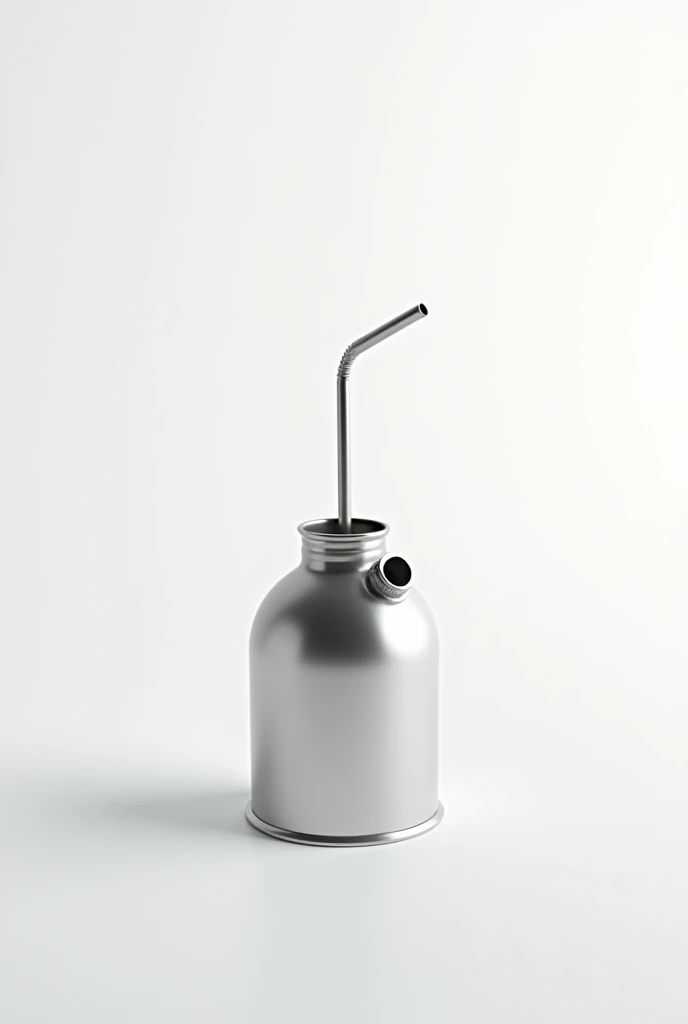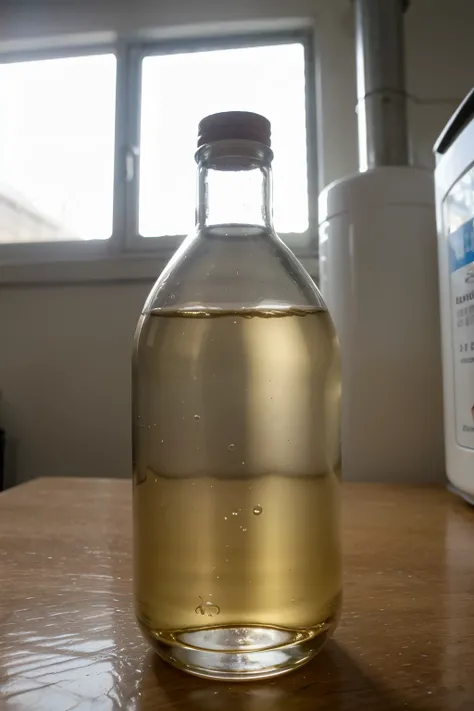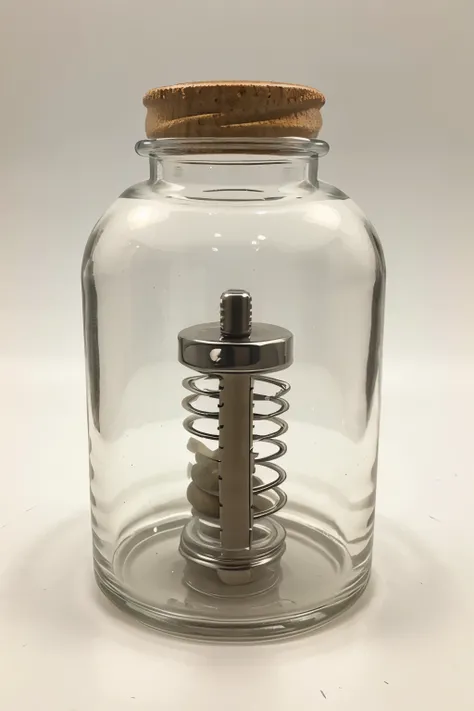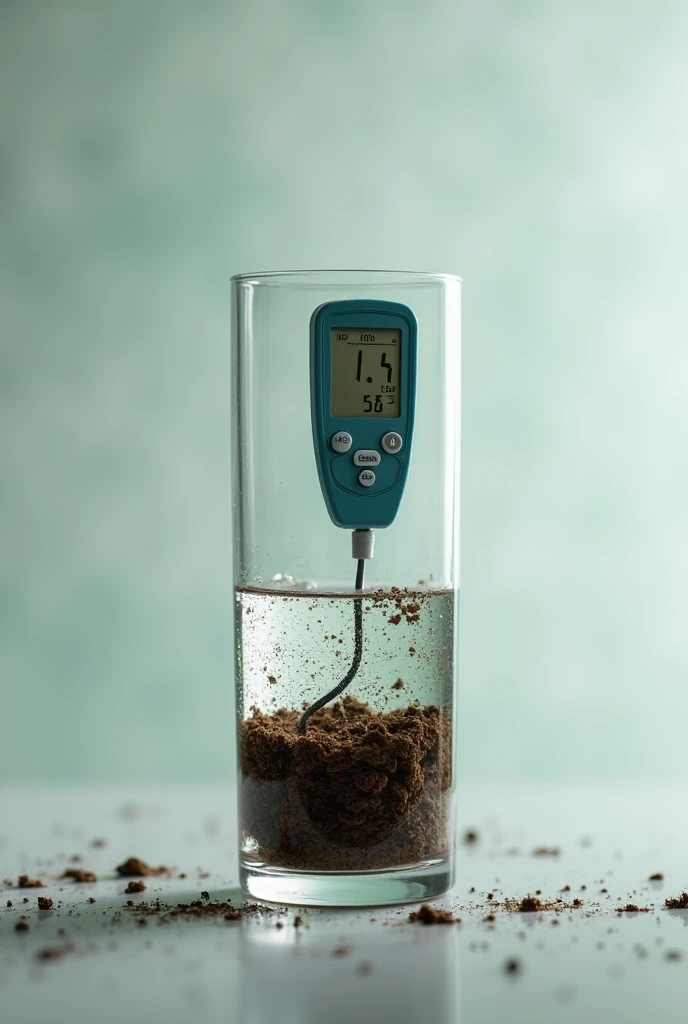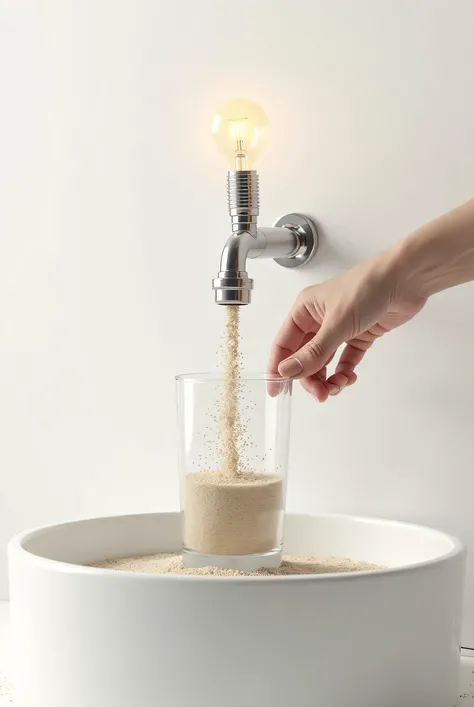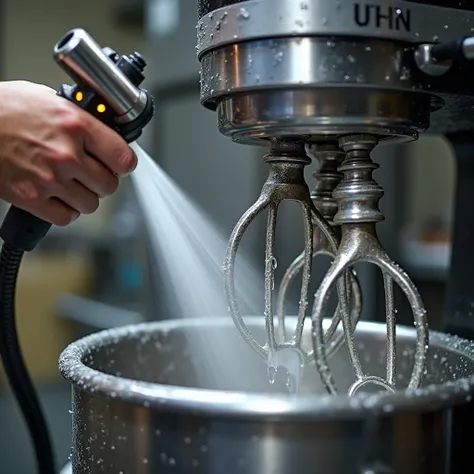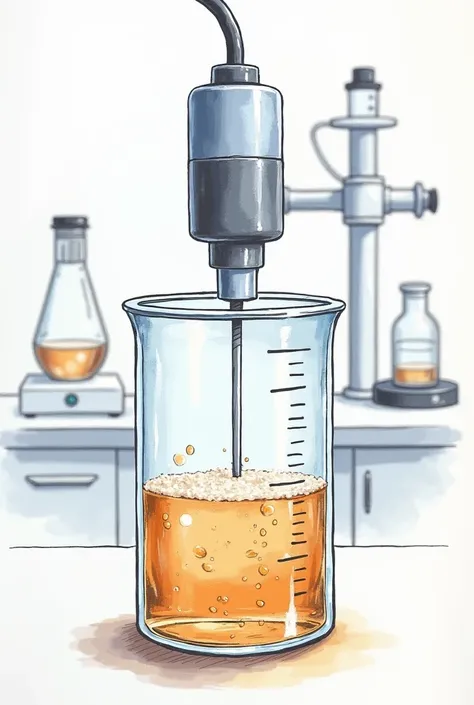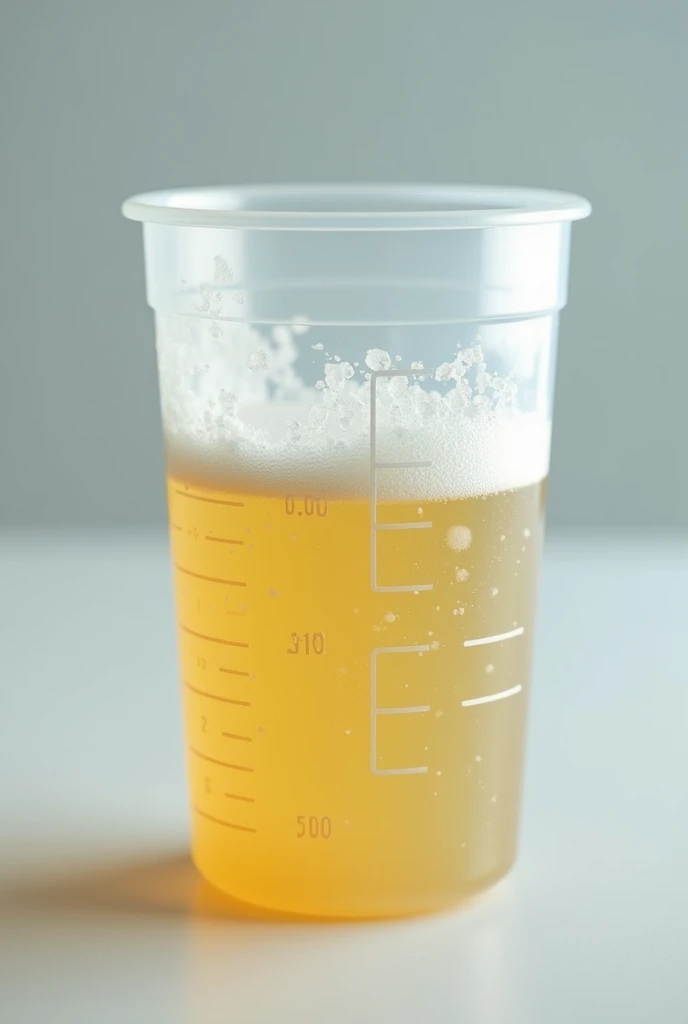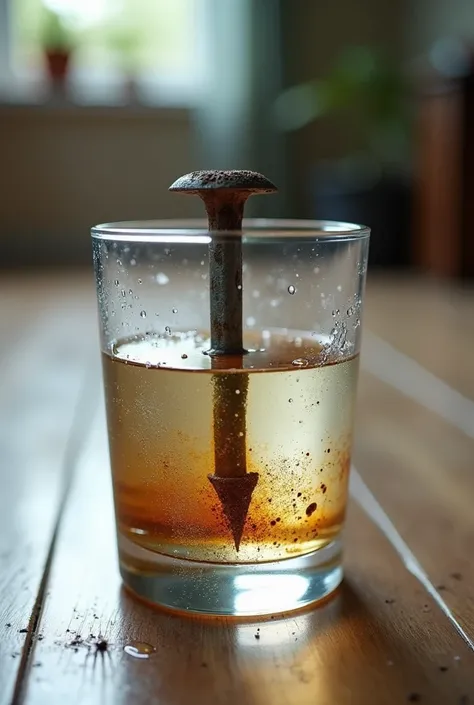There is a blender with a liquid in it on a counter
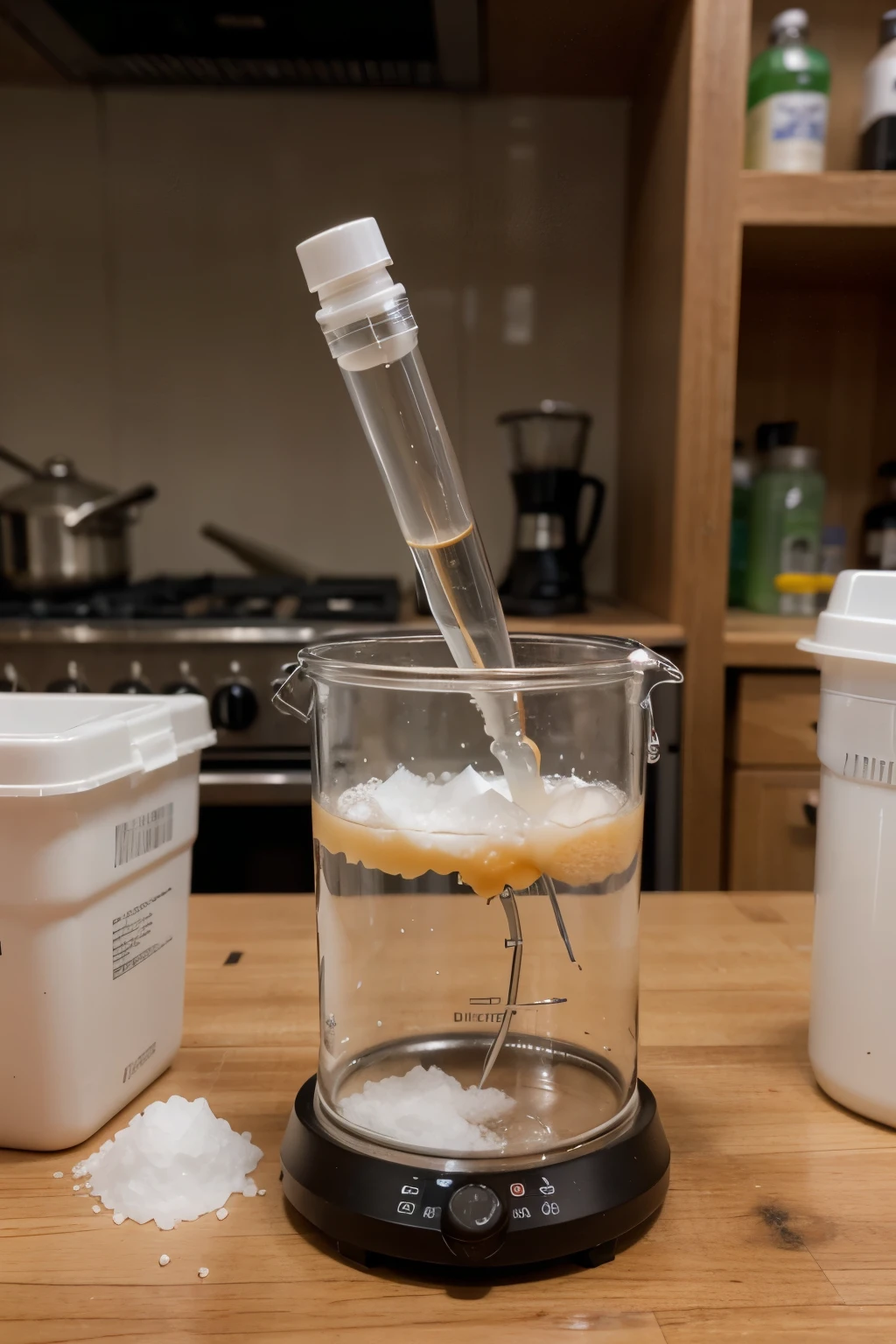

Draw the experiment all the equitment needed, labelled in the lab Preparation of solutions: 1. Firstly, gather all the chemicals needed to perform the experiment lithium chloride, sodium chloride, potassium chloride, calcium chloride, and strontium chloride. 2. Calculate the amount needed for the preparation of 100mL of -0.1M solution for each metal salt, and then measured via the analytical balance analytical balance (±0.01 g) the amount needed. 3. Furthermore, each metal salt should then be separated into (5 separate 250mL beakers) labelled regarding what metal salt is where. 4. Then add 10mL distilled water into each beaker, and using a stirring rod, ensure that the metal salt is dissolved within the distilled water. Capillary method: 1. Put one of the beakers with the solution onto the tripod stand. 2. Gather the clamp stand and put 1 capillary tube into the beaker until it is completely filled. 3. Thus, then insert the seal the open end of the capillary tube so the heat does not escape it, using the Bunsen burner. 4. Then put the Bunsen burner underneath the tripod stand, to ensure that the beaker gets heated by the Bunsen burner. 5. Start the digital watch. 6. Then heat each end of the capillary tube, using the Bunsen burner until the solution inside melts and begins to rise. 7. Lastly, you should then measure the temperature of the solution when it seems to be melting using the digital thermometer, and note it down, how long it took for each solution to melt. 8. Repeat the steps 1-7 (9x more, per trial) for each metal salt. 9. After the conclusion of the experiment, ensure that all solutions are disposed of correctly (into the drain), following proper dilution procedures. Whilst any heated solutions should be cooled down before disposal
Prompts
Copier les Paramètres
Draw the experiment all the equitment needed
,
labelled in the lab
Preparation of solutions:
1
.
Firstly
,
gather all the chemicals needed to perform the experiment lithium chloride
,
sodium chloride
,
potassium chloride
,
calcium chloride
,
and strontium chloride
.
2
.
Calculate the amount needed for the preparation of 100mL of -0
.
1M solution for each metal salt
,
and then measured via the analytical balance analytical balance (±0
.
01 g) the amount needed
.
3
.
Furthermore
,
each metal salt should then be separated into (5 separate 250mL beakers) labelled regarding what metal salt is where
.
4
.
Then add 10mL distilled water into each beaker
,
and using a stirring rod
,
ensure that the metal salt is dissolved within the distilled water
.
Capillary method:
1
.
Put one of the beakers with the solution onto the tripod stand
.
2
.
Gather the clamp stand and put 1 capillary tube into the beaker until it is completely filled
.
3
.
Thus
,
then insert the seal the open end of the capillary tube so the heat does not escape it
,
using the Bunsen burner
.
4
.
Then put the Bunsen burner underneath the tripod stand
,
to ensure that the beaker gets heated by the Bunsen burner
.
5
.
Start the digital watch
.
6
.
Then heat each end of the capillary tube
,
using the Bunsen burner until the solution inside melts and begins to rise
.
7
.
Lastly
,
you should then measure the temperature of the solution when it seems to be melting using the digital thermometer
,
and note it down
,
how long it took for each solution to melt
.
8
.
Repeat the steps 1-7 (9x more
,
per trial) for each metal salt
.
9
.
After the conclusion of the experiment
,
ensure that all solutions are disposed of correctly (into the drain)
,
following proper dilution procedures
.
Whilst any heated solutions should be cooled down before disposal
Info
Checkpoint & LoRA

Checkpoint
epiCRealism
0 commentaire(s)
0
0
0









